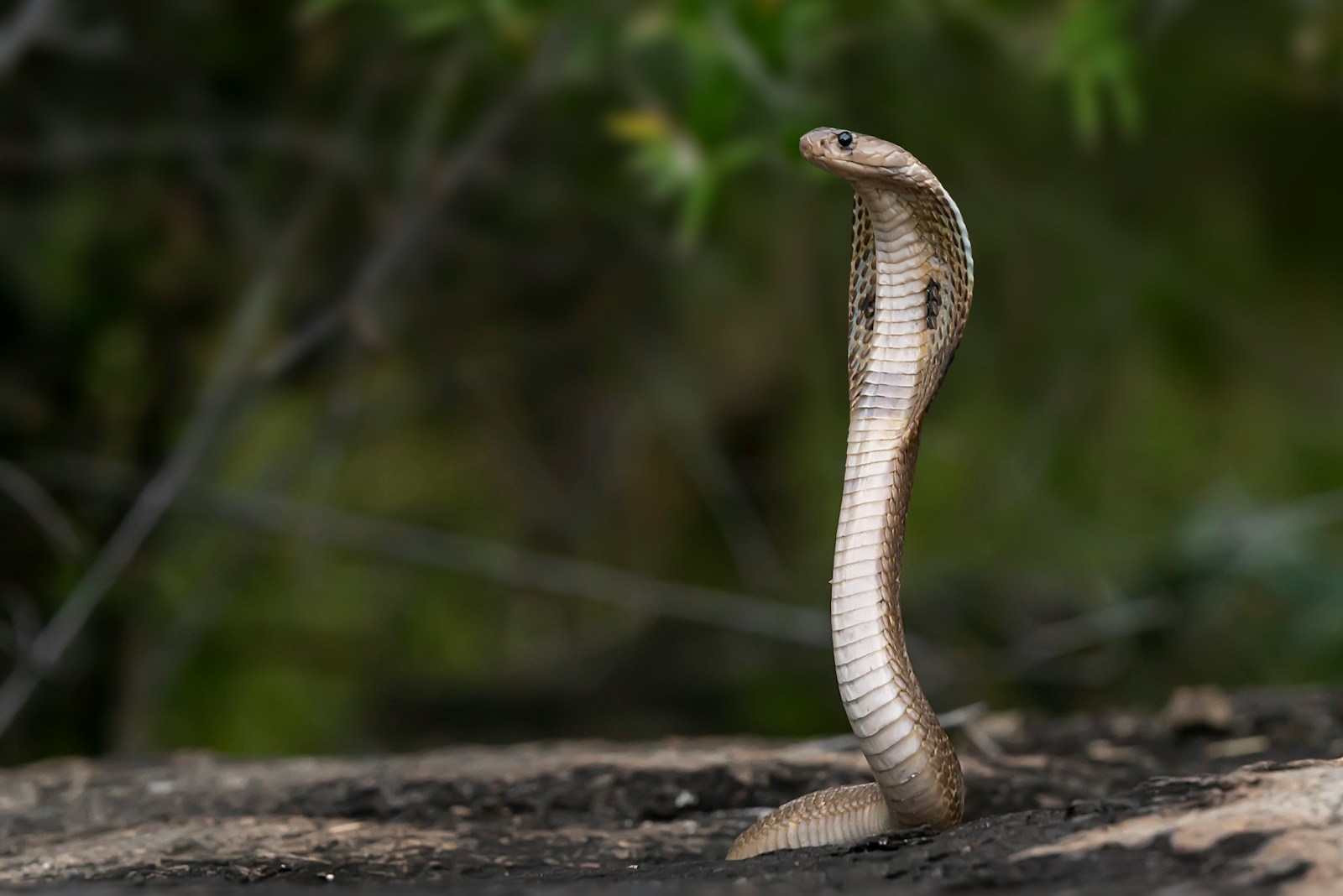Tracking wild snakes presents unique challenges that differ significantly from monitoring other wildlife. Unlike mammals or birds, snakes don’t leave obvious tracks, rarely vocalize, and can vanish into the smallest crevices. Traditional wildlife tracking often involves capturing and marking animals, which can stress snakes and alter their natural behavior. However, modern technology and observational techniques now allow researchers and enthusiasts to follow snakes’ movements while minimizing human interference. This guide explores non-invasive methods to track wild snakes in their natural habitats, providing valuable insights for herpetologists, conservationists, and nature enthusiasts alike.
Understanding Snake Movement Patterns

Snakes exhibit predictable movement patterns that vary by species, season, and habitat. Most species maintain home ranges where they hunt, bask, and seek shelter, with movements often correlating with thermoregulation needs. During breeding seasons, male snakes typically travel more extensively in search of mates, while gravid females may seek specific nesting sites. Seasonal migrations between summer feeding grounds and winter hibernacula (hibernation sites) create consistent travel corridors. Understanding these biological imperatives provides the foundation for successful tracking, as observers can anticipate likely movement paths based on environmental conditions and the snake’s life cycle stage. This knowledge allows trackers to predict where a snake might appear next without needing to physically mark the animal.
Visual Identification Techniques
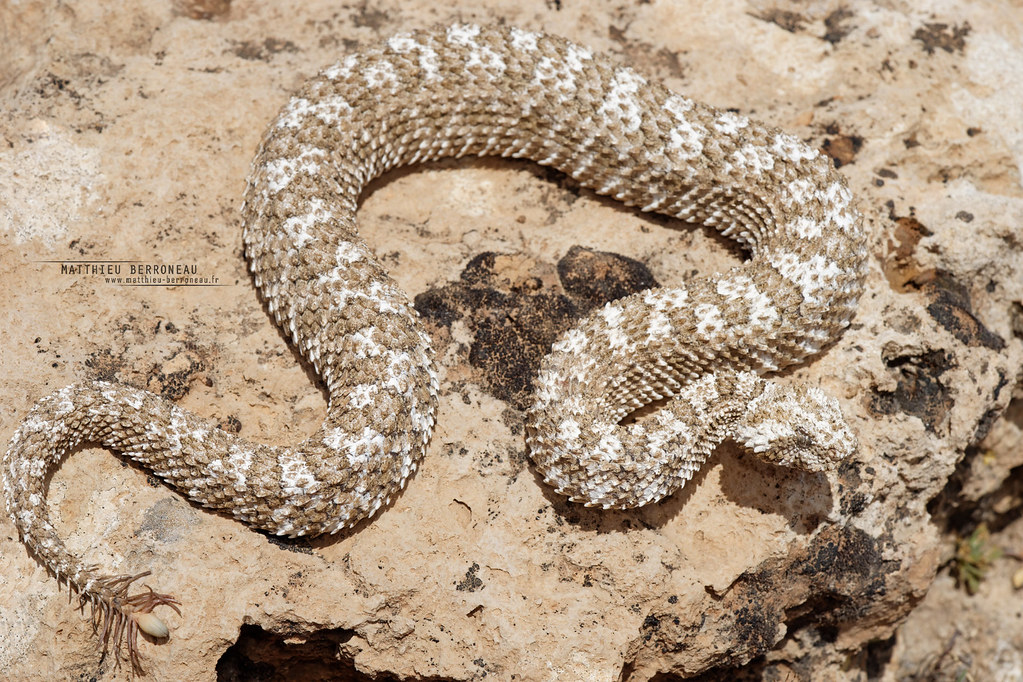
Individual snakes can be identified through their unique physical characteristics, eliminating the need for artificial marking. Scale patterns, particularly head scales, often differ subtly between individuals of the same species. Distinctive scars, unusual coloration patches, or size variations can serve as natural markers for identification. High-resolution photography helps document these features for later comparison, with particular attention to the arrangement of scales on the head and unique body markings. Creating a photographic catalog of individuals in a study area allows researchers to confirm repeated sightings of the same snake. This method requires patience and attention to detail but provides a completely non-invasive identification system.
Thermal Tracking Technology
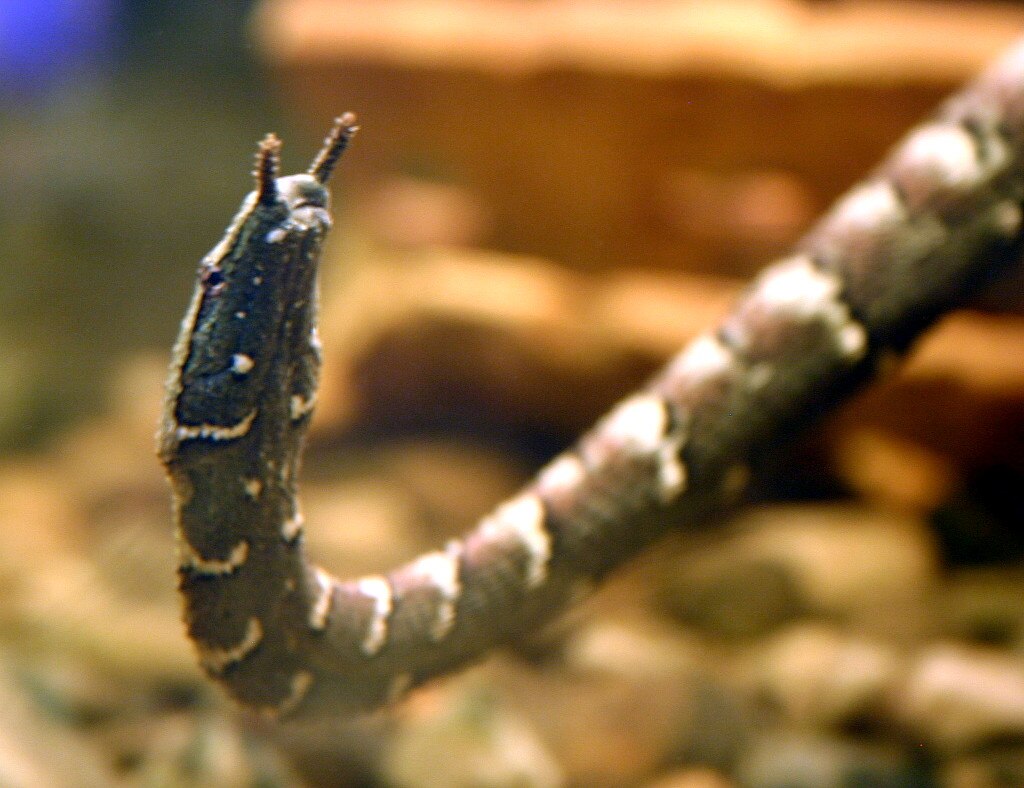
Thermal imaging has revolutionized snake tracking by detecting the heat signatures of these ectothermic creatures against their surroundings. Modern thermal cameras can locate snakes hidden in vegetation or underground, especially during early morning or evening when temperature differentials are most pronounced. Handheld thermal imagers allow field researchers to scan habitat areas, revealing snakes that would otherwise remain invisible. The technology works particularly well when ambient temperatures differ significantly from the snake’s body temperature, such as when snakes emerge to bask or after sunset, when they retain heat longer than their surroundings. While the equipment represents a significant investment, thermal imaging provides real-time tracking capabilities without any physical contact with the animal.
Environmental DNA (eDNA) Sampling
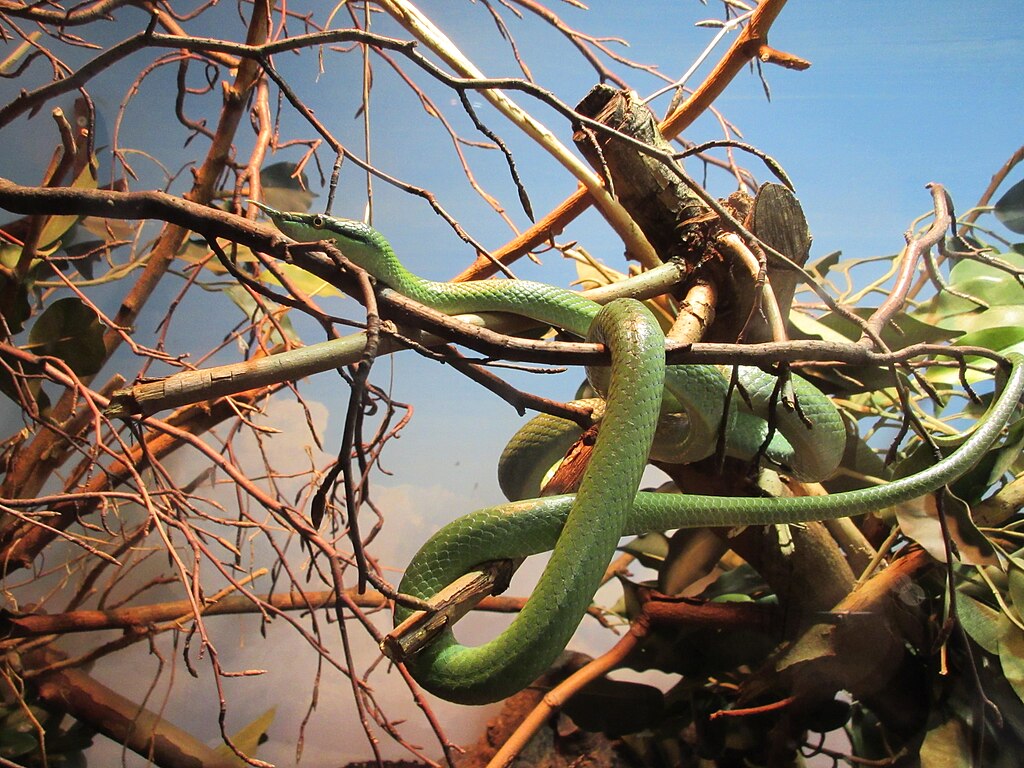
Environmental DNA sampling offers a cutting-edge approach to confirming snake presence without direct observation. Snakes, like all animals, shed cells containing their DNA into the environment through skin, secretions, and waste. By collecting substrate samples from suspected snake habitats and analyzing them for species-specific DNA markers, researchers can verify recent snake presence. This technique works particularly well in water bodies, where DNA persists longer, making it useful for tracking semi-aquatic species. While eDNA cannot track individual movements precisely, sequential sampling across an area can establish presence/absence patterns that indicate movement corridors and habitat use. The technology continues to improve in sensitivity and specificity, making it an increasingly valuable tool in non-invasive snake monitoring.
Radio Telemetry Without Implants

Traditional radio telemetry typically involves surgically implanting transmitters, but external attachment methods offer less invasive alternatives. For larger snake species, miniature transmitters can be temporarily attached using specially designed harnesses that naturally detach after several weeks. These external transmitters allow precise tracking while avoiding the stress of surgery and long-term implantation. Another approach involves “following” a snake suspected of consuming a prey item containing a transmitter, enabling short-term movement tracking without directly handling the snake. Though these methods have limitations in durability and potential behavioral impacts, they represent a middle ground between completely hands-off observation and invasive implantation techniques.
Habitat Mapping and Predictive Modeling
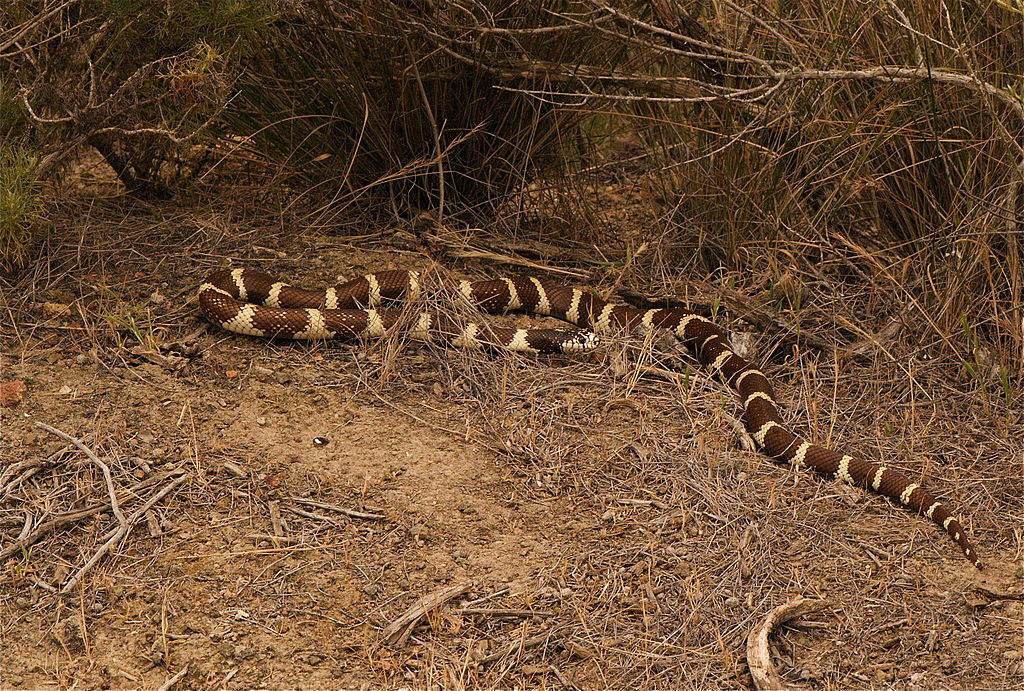
Creating detailed habitat maps combined with predictive modeling helps anticipate snake movements across landscapes. By documenting microhabitat features like rock outcroppings, fallen logs, water sources, and prey density, researchers can identify high-probability movement corridors and activity centers. Geographic Information System (GIS) technology allows these habitat features to be plotted precisely and analyzed for patterns relevant to the target species. When combined with temperature data, seasonal changes, and species-specific behavior knowledge, these models can predict with reasonable accuracy where and when snakes will likely appear. This approach requires substantial initial fieldwork to establish baseline habitat data, but ultimately reduces the need for direct animal contact during ongoing monitoring.
Trail Cameras and Motion Detection
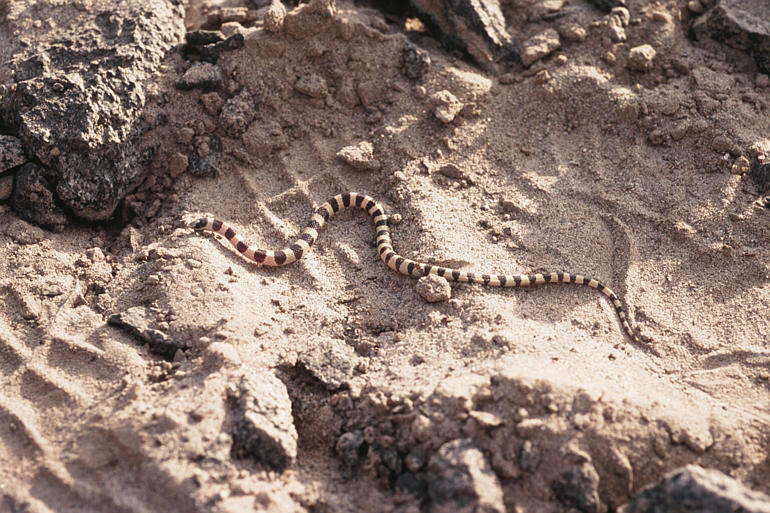
Strategic placement of trail cameras provides continuous monitoring of snake activity hotspots without human presence. Modern wildlife cameras featuring motion detection can capture snake movements even at night using infrared flash. Positioning cameras at known basking sites, hibernacula entrances, or along likely travel routes yields valuable data about movement timing and frequency. Some advanced systems now incorporate AI-based image recognition to filter snake detections from other wildlife, significantly reducing review time. While smaller snake species may trigger cameras less reliably than larger animals, careful placement at constriction points where snakes must pass through narrow areas improves detection rates. This method excels at documenting seasonal activity patterns without disturbing natural behavior.
Following Track and Sign
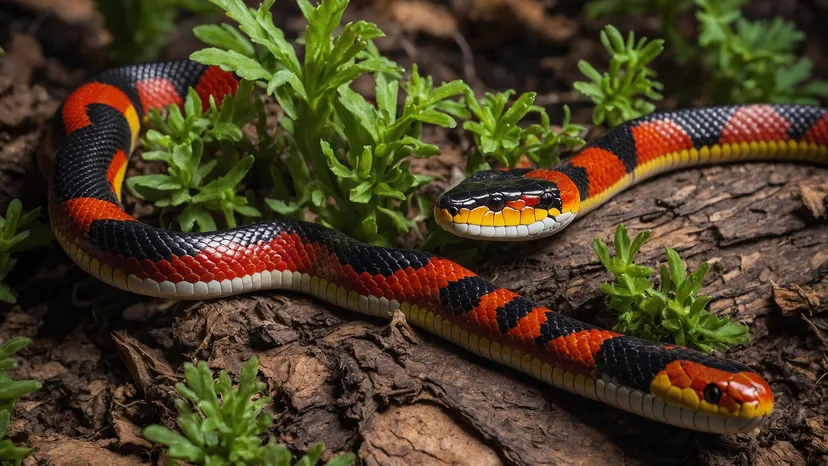
Traditional tracking skills allow experienced naturalists to follow snakes through careful observation of subtle signs. Snake tracks in suitable substrates like sand, mud, or dust appear as sinuous impressions with patterns reflecting the species’ locomotive method—sidewinding, rectilinear, or lateral undulation. Beyond tracks, snakes leave other evidence, including shed skins, faint body impressions in vegetation, disturbed leaf litter, or prey remains. Expert trackers can discern the direction of travel, approximate size, and sometimes even species from these subtle clues. This approach requires developed observation skills and knowledge of local snake species, but needs no special equipment beyond perhaps a tracking stick to gently move vegetation. While challenging to master, traditional tracking connects the observer intimately with the snake’s experience of the landscape.
Citizen Science and Community Reporting
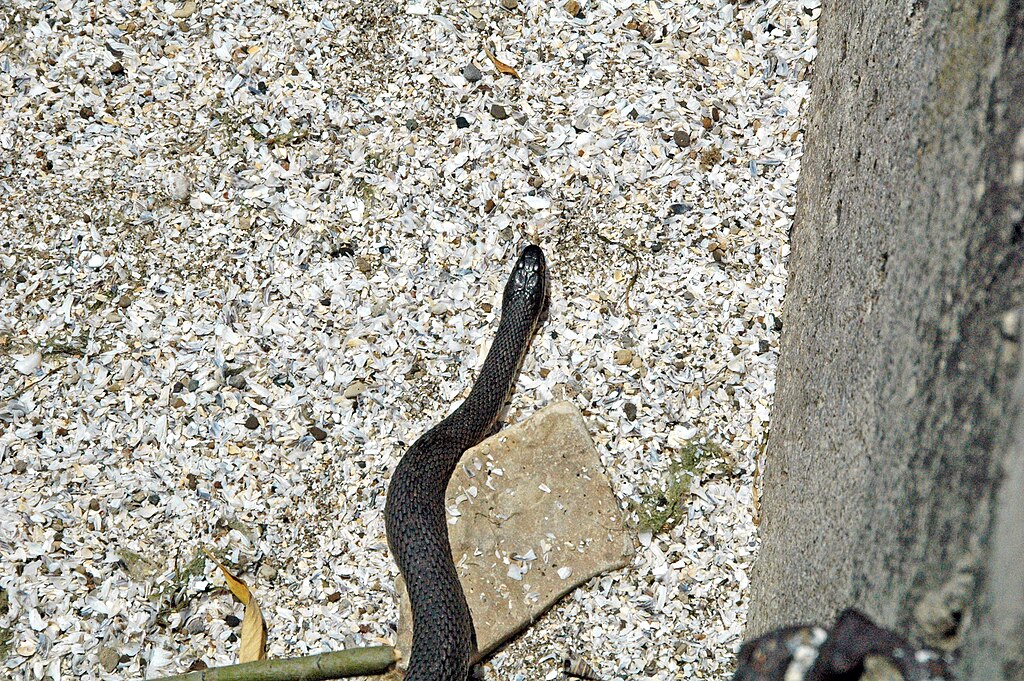
Harnessing community observations through citizen science platforms creates distributed tracking networks covering large areas. Apps like iNaturalist, HerpMapper, or region-specific wildlife reporting tools allow the public to document snake sightings with photos, GPS coordinates, and timestamps. When multiple observers report the same distinctive individual snake across different locations, movement patterns emerge without any deliberate tracking effort. Scientists can verify submissions based on photo quality and description accuracy, filtering out misidentifications. This collective approach works particularly well for tracking distinctive species that can be readily identified from photographs, such as unusually patterned or large individuals. Beyond data collection, these platforms educate participants about snake conservation, reducing persecution of these often-misunderstood animals.
Scat and Diet Analysis

Examining snake scat (feces) provides information about both diet and movement without disturbing the animal. Fresh snake scat contains undigested prey remains like fur, feathers, scales, or bones that indicate recent feeding behavior and prey selection. By collecting and mapping scat locations over time, researchers can establish movement patterns between feeding and digestion sites. Laboratory analysis of scat samples can reveal individual snake DNA profiles, potentially allowing researchers to track specific individuals through their droppings alone. While challenging to locate, especially for smaller species, this method offers insights into both movement ecology and feeding habits with minimal wildlife disturbance.
Behavioral Observation Techniques
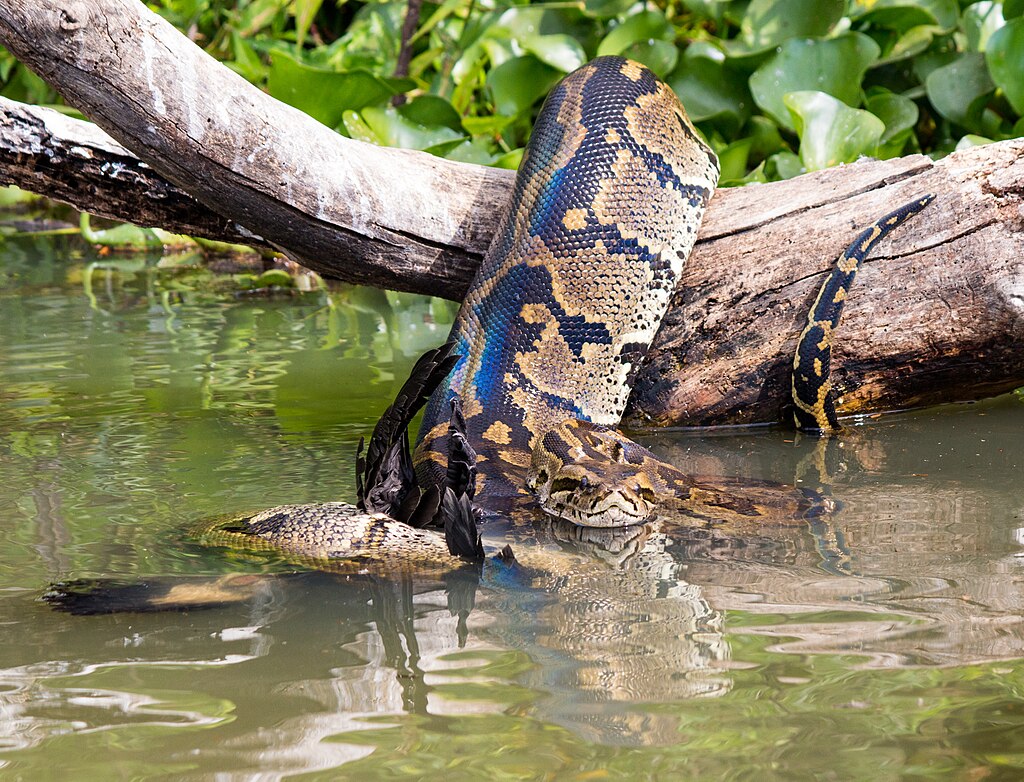
Patient direct observation yields detailed information about snake movements within their home ranges. The key to successful observation lies in minimizing human impact through camouflage, stillness, and maintaining appropriate distances. Using spotting scopes or binoculars allows detailed monitoring without approaching close enough to influence behavior. Observations made from blinds or established viewing platforms further reduce potential disturbance. Recording start and end points of movement segments, along with timing, speed, and behavioral notes, creates a comprehensive picture of how snakes utilize their habitat. While time-intensive, direct observation provides contextual information about hunting strategies, social interactions, and responses to environmental stimuli that technological methods might miss.
Creating Non-Invasive Individual Recognition Systems
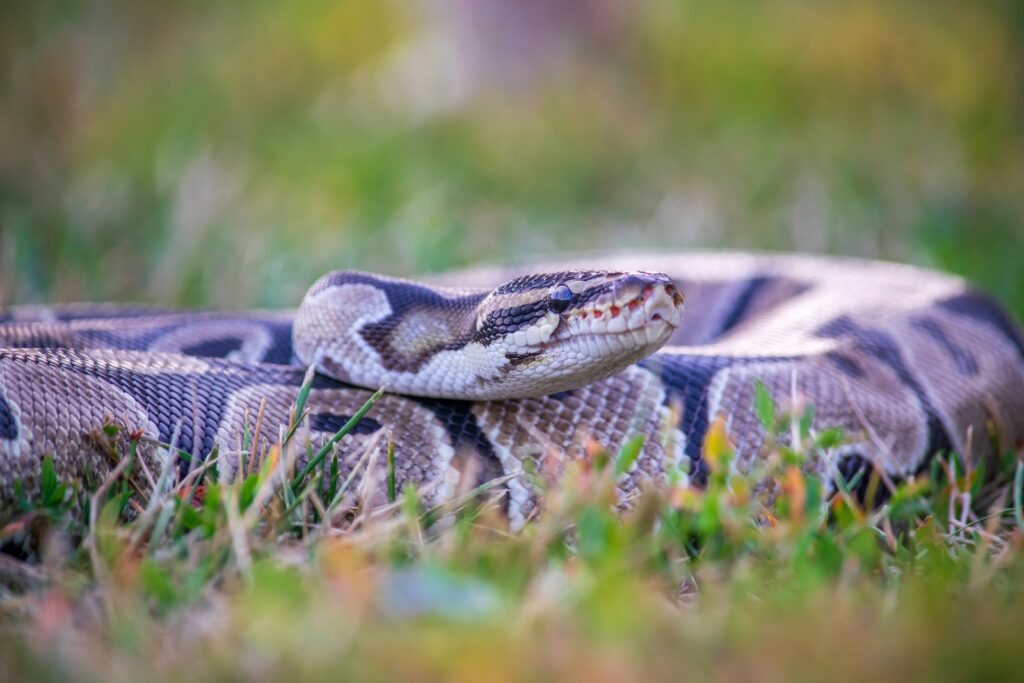
Developing a systematic approach to identifying individual snakes ensures consistent tracking across multiple sightings. Photographic databases organized by species, location, and distinctive features allow researchers to match new sightings with previously documented individuals. Scale counting techniques, particularly focusing on ventral scales and their patterns, provide another identification method when clear photographs are available. Some researchers utilize specialized software that can match scale patterns or head shapes across different photographs, similar to facial recognition technology. For species with variable coloration or patterning, detailed notes on the specific arrangement of blotches, bands, or stripes create a “fingerprint” unique to each snake. This methodical approach to identification transforms casual observations into longitudinal data on individual movements.
Ethical Considerations in Snake Tracking

Even non-invasive tracking methods require careful ethical consideration to minimize wildlife impact. Researchers should limit habitat disturbance during tracking activities, especially in sensitive areas like hibernacula or nesting sites. Sharing precise locations of vulnerable species publicly may increase collection pressure or harassment, so location data should be managed responsibly. Trail cameras and other monitoring equipment should be placed to avoid creating obstacles or hazards for wildlife movement. All tracking activities should comply with relevant wildlife protection laws and permit requirements, which vary by region and species conservation status. Prioritizing the animal’s welfare over data collection sometimes means accepting gaps in tracking information rather than pursuing methods that could stress or endanger the subject.
Tracking wild snakes without marking them combines art and science, requiring both technological tools and naturalist skills. These non-invasive approaches not only preserve natural behaviors but often yield richer contextual information about how snakes interact with their environments. As tracking technology continues to advance, our ability to study these secretive reptiles without disturbing them improves, contributing to more effective conservation strategies and a deeper understanding of their ecological roles. Whether for research, conservation, or simply appreciation of these remarkable animals, non-invasive tracking methods align with modern wildlife ethics while satisfying our curiosity about the hidden lives of snakes.

